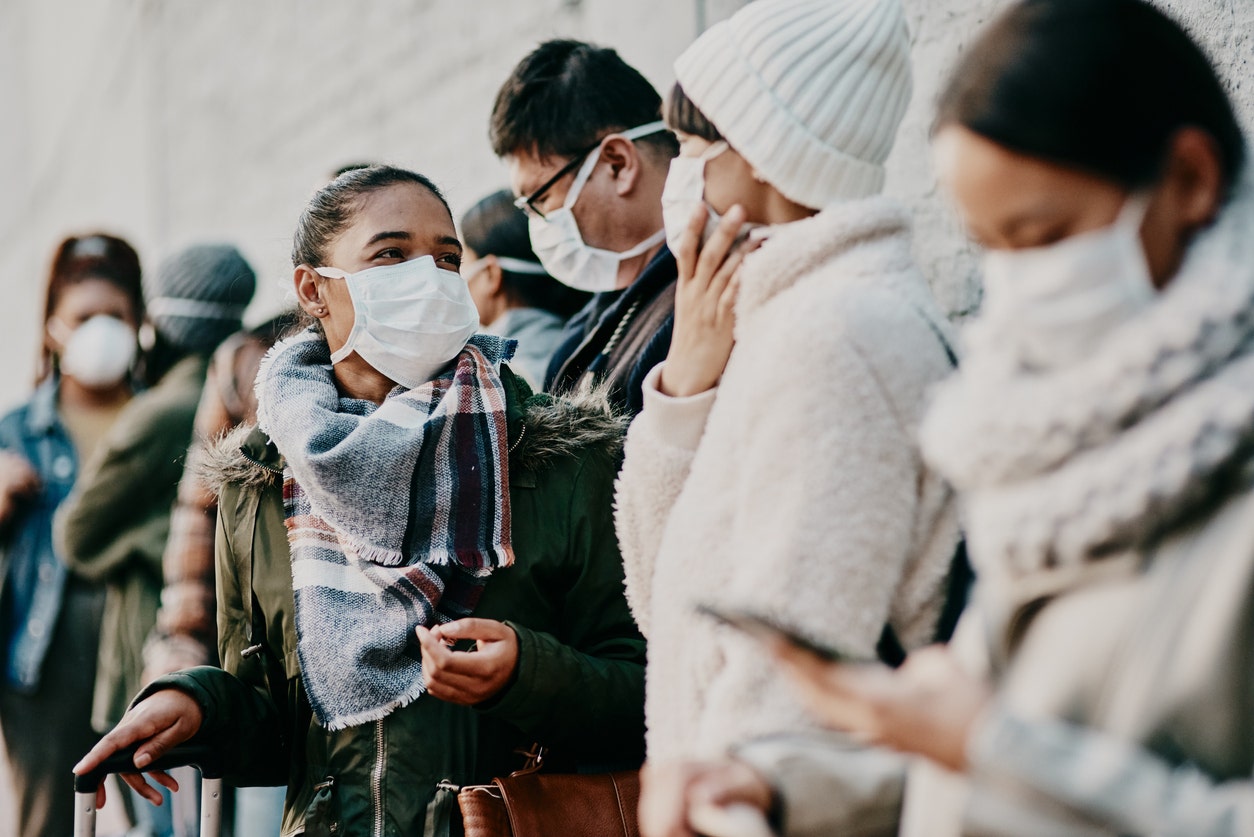Andrew C
You know what's funny?
They still don't know with certainty exactly how the flu is spread. The only way to really get that kind of specific info would be to somehow get healthy volunteers to be put into various environments with infected people and do a big study to figure out what it takes to actually transmit it.
Since nobody is going to volunteer for that, all they can really do is use hindsight studies to try and figure out how somebody was infected and what type of contact they were in with the person they likely got it from.
The six feet thing comes from historical best practices for airborne disease transmission. I was watching a Netflix documentary about the Challenger accident and while the astronauts were in the pre-mission quarantine, Christa McAuliffe was on a bicycle and told whoever was filming her to stay six feet away because she is in quarantine.
I watched that documentary last week.


